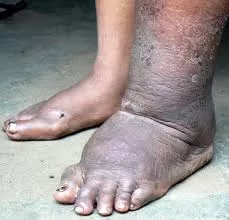Delhi, September 12, 2024: The mpox patient undergoing treatment at the Lok Nayak Jai Prakash (LNJP) Hospital in Delhi is making a good recovery, according to Medical Director Dr. Suresh Kumar. In a statement released today, Dr. Kumar reassured the public that there is no cause for alarm regarding this case.
“Mpox is caused by a DNA virus, and its symptoms often include rashes that appear on the palms, soles, and other areas of the skin. These rashes can become maculopapular, ulcerated, and form large lesions,” Dr. Kumar explained. “However, the patient at LNJP Hospital is recovering well, and there is no need to panic.”
The Union Home Ministry confirmed on Monday that the patient, a young male who recently traveled from a country with ongoing mpox transmission, was isolated at the LNJP Hospital. The individual is in clinical stability without any systemic illness or comorbidities. This case is one of the 30 reported in India since July 2022 and does not contribute to the current public health emergency declared by the World Health Organization (WHO), which pertains to clade 1 of Mpox.
The WHO recently declared mpox a Public Health Emergency of International Concern for the second time due to its prevalence and spread across various parts of Africa. Despite this global alert, the Ministry emphasized that this particular case does not indicate a widespread risk to the public.
The LNJP Hospital has been designated as the nodal facility for managing mpox cases. It is equipped with 20 isolation rooms, including 10 specifically for confirmed cases. Additionally, Guru Teg Bahadur Hospital and Baba Saheb Ambedkar Hospital are on standby, each with 10 rooms allocated for such patients and five rooms for suspected cases.
Public health measures, including contact tracing and monitoring, are actively in place to ensure the situation remains under control. Authorities assure that there is no indication of any immediate threat to public health.
For further updates, the public is advised to stay informed through official health channels and follow recommended guidelines.












